Recent data from the Iranian Steel Producers Association has revealed a stark contrast in the country's steel trade , with imports of steel products soaring amidst underutilized production capacities.
According to the latest report, Iran's semi finished production for the first two months of Iranian year 1403 (April-May 2024) experienced a slight uptick of 1.6% , indicating measured progress in the sector despite prevailing economic conditions.
A notable highlight from the report was the robust growth in the production of raw materials crucial to the iron and steel chain. Specifically, iron ore concentrate production surged by 17.6%, underscoring efforts to bolster self-sufficiency in sourcing essential materials. Similarly, pellets production saw a healthy increase of 6.8%, contributing to enhanced operational efficiencies and supply chain resilience.
The production of sponge iron, also witnessed a growth of 14%. This growth is expected to stabilize the market for sponge iron, aligning production capacities with market demands effectively.
In terms of finished products, the report noted a moderate 1.5% increase in the production of long steel, such as rebars, beams, angles, and U profiles. This growth signals ongoing investments in infrastructure and construction sectors, driving demand for structural steel components.
Furthermore, the production of all types of steel sheets registered a commendable 3.9% growth, buoyed by a 3.2% rise in hrc production.
Steel imports surge, but export gap persists
In the first half of the current fiscal year, Iran witnessed a notable influx of steel imports amounting to approximately $200 million. Of this total, a staggering 91% comprised steel sheets, highlighting a significant preference in the market for these products.
Specifically, imports of steel sheets reached a substantial $177 million, overshadowing the export earnings of similar products which stood at a $32 million. However, a stark contrast emerges when we examine the export figures. Despite the substantial import volume, the export value of steel sheets stands at $32 million. This discrepancy underscores the need for strategic planning and targeted efforts to enhance export capabilities.
The upward trajectory of cold and coated sheet imports is particularly noteworthy. While Iran's cold sheet imports increased by 7.1%, coated sheet imports decreased by 5.8%. These specialized products continue to find favor among buyers. Yet, paradoxically, the Iran steel data reveals a concerning reality, approximately 50% of cold sheet production capacity and over 65% of coated sheet production capacity remain untapped. This underutilization reflects broader inefficiencies within the domestic steel manufacturing sector, impacting its competitiveness globally.
The discrepancy between import volumes and underutilized production capacities underscores critical issues such as operational inefficiencies, regulatory challenges, and market dynamics affecting the Iranian steel industry. While imports meet immediate demands, unlocking export potential is crucial for sustainable growth.


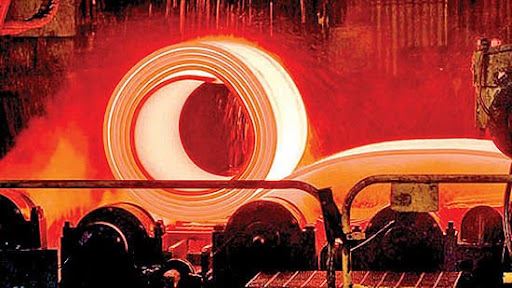

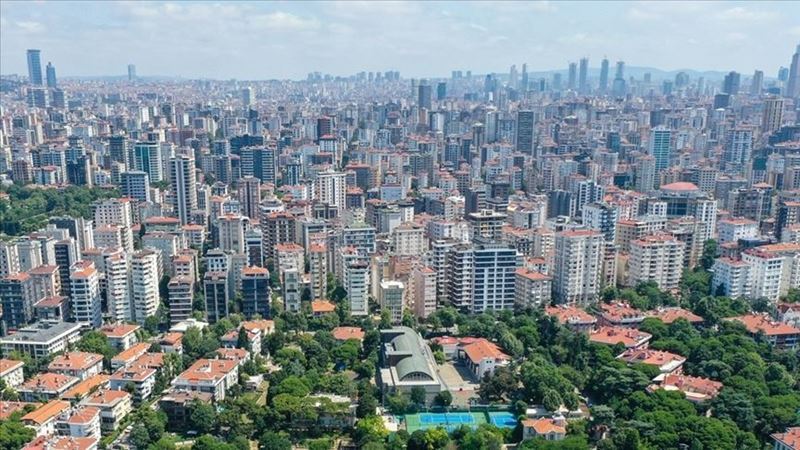
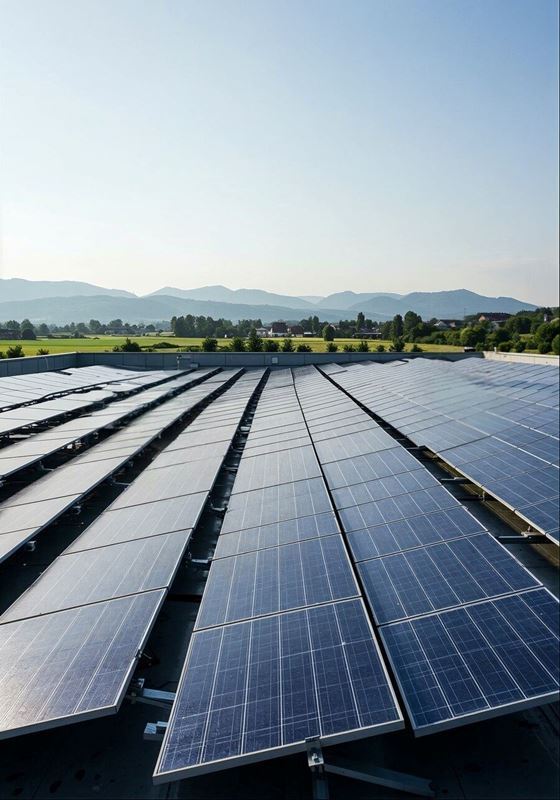

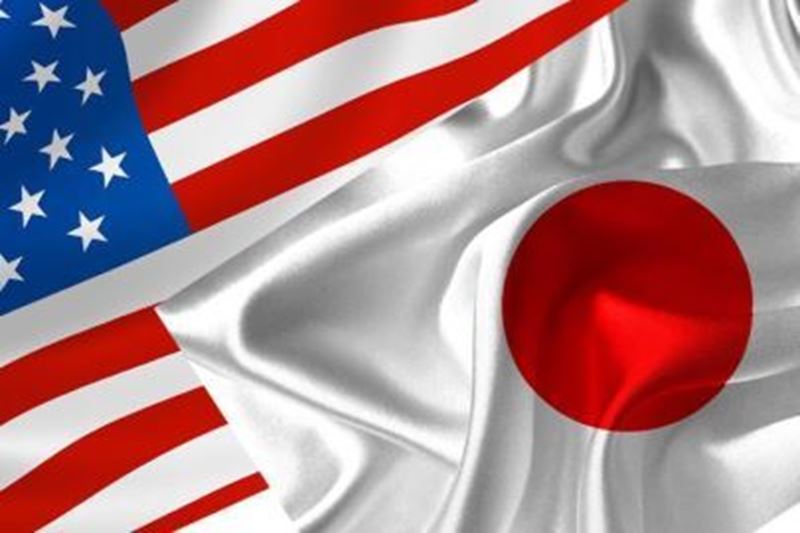
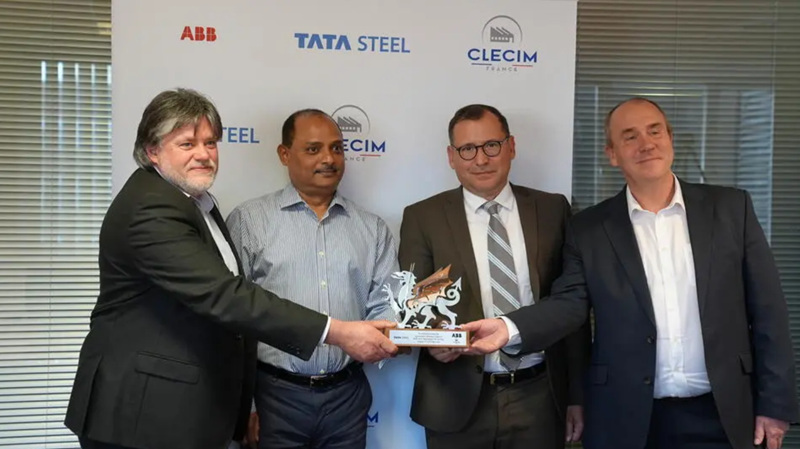


Comments
No comment yet.